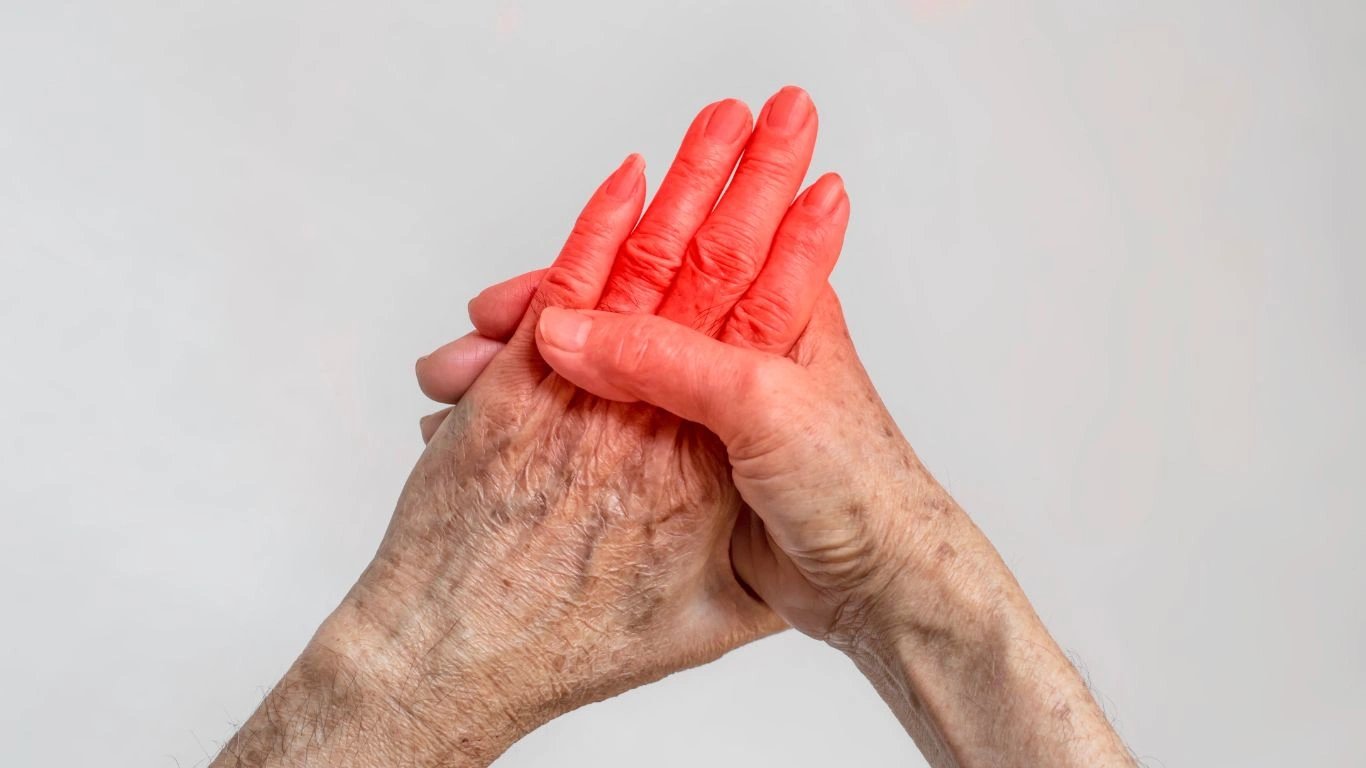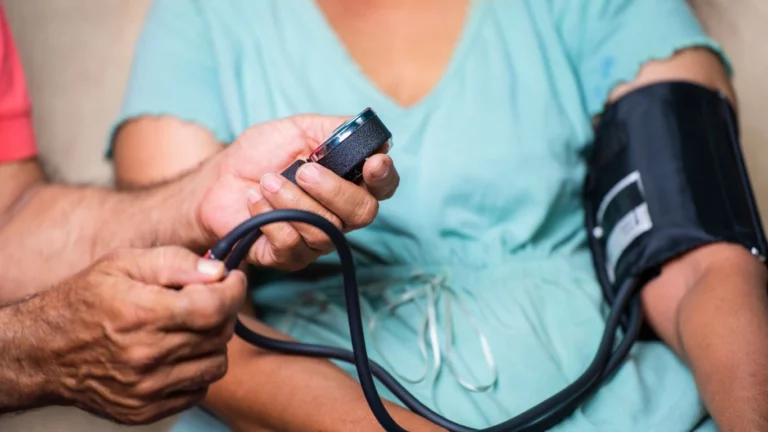Home Remedies for Rheumatoid Arthritis Flare-ups: A Complete Guide
When RA strikes, it’s important to know that you’re not powerless. With the right strategies, you can soothe flare-ups at home and regain some control over your day.
Rheumatoid arthritis (RA) is no joke. If you’ve ever had a flare-up, you know how much it can mess with your day-to-day life. The inflammation, stiffness, and pain in your joints can make even the simplest tasks feel impossible. But the good news is, there are some home remedies that can help manage flare-ups and make life a little more comfortable during those tough times. Let’s dive into some natural ways to keep those symptoms in check.

Why RA Flare-ups Happen
Before jumping into remedies, let’s quickly touch on what’s going on during a flare-up. Rheumatoid arthritis is an autoimmune disease where your immune system attacks your joints, leading to inflammation. During a flare, that inflammation ramps up, causing pain, swelling, and sometimes even fatigue. The intensity of a flare-up can vary, but it’s always something you want to handle as soon as possible.
Top Home Remedies for RA Flare-ups
There are several natural remedies that can help reduce the pain and swelling associated with RA flare-ups. Let’s break them down:
1. Turmeric and Curcumin
If there’s one spice you should have in your kitchen for RA flare-ups, it’s turmeric. This golden powder is packed with curcumin, a compound that has powerful anti-inflammatory properties. Studies show that turmeric can be as effective as non-steroidal anti-inflammatory drugs (NSAIDs) for reducing inflammation without the harsh side effects.
You can add turmeric to your meals, drink it as a tea, or even take it as a supplement. Some people mix it with black pepper to enhance absorption.
2. Ginger
Ginger is another natural anti-inflammatory powerhouse. It’s been shown to help reduce joint pain and stiffness, making it an ideal remedy for flare-ups. You can brew ginger tea, add fresh ginger to smoothies, or even take ginger supplements.
Incorporating ginger into your daily routine can help prevent flare-ups from happening in the first place, so it’s a great preventative option too.
3. Hot and Cold Compresses
Simple, yet effective. A hot compress can help relax tense muscles and soothe stiff joints, while a cold compress reduces swelling and numbs pain. You can alternate between hot and cold compresses for about 20 minutes each to get the best of both worlds.
If you don’t have a medical heating pad or ice pack, a warm towel or frozen peas will work just fine!
4. Epsom Salt Baths
Soaking in an Epsom salt bath can help ease muscle pain and inflammation. Epsom salt is high in magnesium, which is known for its muscle-relaxing properties. Add a couple of cups to your bathwater and let yourself soak for 20 minutes or so. Not only will it help with pain, but it’s also a relaxing way to unwind.
5. Omega-3 Fatty Acids
Eating foods rich in omega-3s, like salmon, walnuts, and flaxseeds, can help reduce inflammation. If eating more fish isn’t your thing, omega-3 supplements are a good alternative. Omega-3s are known to lower the levels of inflammatory markers in the body, so they can make a big difference during a flare-up.
6. Exercise and Movement
It might seem counterintuitive to move when you’re in pain, but gentle movement can actually help relieve the stiffness and discomfort caused by RA. Activities like swimming, yoga, and tai chi are low-impact and can help maintain joint flexibility while also reducing pain.
Be sure to listen to your body, though. It’s important to avoid overexertion, but a bit of movement can go a long way in keeping things from getting worse.

7. Mindfulness and Stress Management
Stress can trigger or worsen RA flare-ups, so managing stress is crucial. Mindfulness practices like meditation, deep breathing, or even taking a walk outside can help reduce the emotional toll of chronic pain. The less stressed you are, the less likely you are to experience flare-ups.
Lifestyle Changes to Manage RA
Aside from these home remedies, there are some lifestyle changes you can make to help prevent flare-ups or minimize their impact.
1. Stay Active (But Don’t Overdo It)
Maintaining a healthy weight and staying active helps reduce the strain on your joints. But remember—moderation is key. Pushing yourself too hard can make things worse. Gentle exercises like stretching or walking are great for your joints without putting too much pressure on them.
2. Healthy Diet
Eating a balanced diet rich in anti-inflammatory foods is essential. Think fruits, vegetables, whole grains, and lean proteins. Avoid foods that can trigger inflammation, like processed sugars, fried foods, and red meats.
3. Get Enough Sleep
When your body doesn’t get enough rest, inflammation can spike. Make sleep a priority, and aim for 7-9 hours per night. Quality sleep is one of the best ways to help your body recover from a flare-up.
4. Supplements
Certain supplements, such as vitamin D, glucosamine, and collagen, can support joint health. Make sure to talk to your doctor before starting any new supplements, though, to ensure they won’t interfere with any medications you’re taking.

When to See a Doctor
Home remedies are great for managing mild to moderate flare-ups, but there are times when you should see a doctor. If your flare-up is particularly severe, if you’re experiencing new symptoms, or if the pain doesn’t improve after trying home remedies, it’s time to consult your healthcare provider. They can help adjust your treatment plan and get you back on track.
Conclusion
Managing rheumatoid arthritis flare-ups at home is all about finding what works best for you. From turmeric to hot compresses and regular movement, there are plenty of ways to alleviate pain and inflammation naturally. Of course, always check in with your healthcare provider before making any major changes, especially if you’re taking medication for RA.

Appendices
FAQs
- Can turmeric help with RA flare-ups? Yes, turmeric contains curcumin, which has powerful anti-inflammatory properties. It can help reduce inflammation and ease joint pain during a flare-up.
- How often should I use hot and cold compresses? It’s generally safe to alternate between hot and cold compresses for 20 minutes at a time. Do this a few times a day, depending on your symptoms.
- Is exercise good for RA flare-ups? Gentle exercise can help maintain joint flexibility and reduce stiffness. Activities like swimming and yoga are particularly beneficial for those with RA.
- Can ginger help reduce joint pain? Yes, ginger has natural anti-inflammatory properties that can reduce pain and swelling in the joints, making it an excellent remedy for RA flare-ups.
- What are some foods to avoid during an RA flare-up? Avoid processed foods, sugars, and fried items, as they can trigger inflammation and make flare-ups worse. Stick to an anti-inflammatory diet with fruits, veggies, and lean proteins.
References
- Arthritis Foundation. (2023). “Natural Remedies for Rheumatoid Arthritis.” Read Article
- National Institute of Arthritis and Musculoskeletal and Skin Diseases (NIAMS). (2024). “Rheumatoid Arthritis and Lifestyle Changes.” Read Article
- Harvard Medical School. (2022). “Managing Rheumatoid Arthritis Naturally.” Read Article
Disclaimer:
The information in this article is for educational purposes only and should not be considered medical advice. Always consult with your doctor or a healthcare provider before starting any new treatments or making significant changes to your routine.













